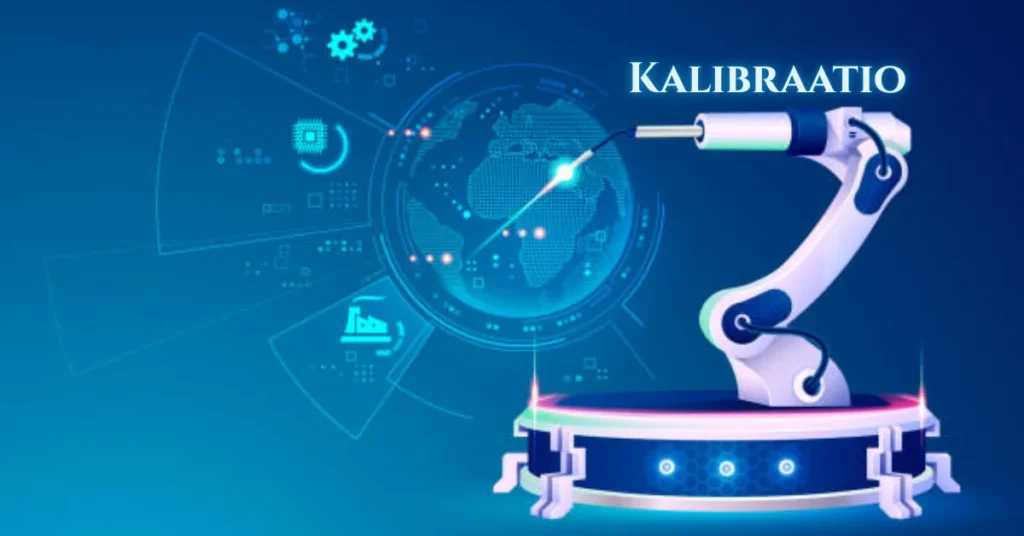The term kalibraatio is the Finnish word for “calibration.” It refers to the process of adjusting and fine-tuning instruments or systems to ensure accuracy, reliability, and consistency. In today’s technology-driven world, kalibraatio plays an essential role across industries such as manufacturing, healthcare, aviation, and scientific research. Whether it’s a simple kitchen scale or a complex laboratory device, the importance of proper calibration cannot be overstated.
Why Kalibraatio Matters
Kalibraatio is not just a technical term—it’s the backbone of trust in measurement systems. Imagine a doctor using an uncalibrated device to check blood pressure or a mechanic relying on inaccurate torque readings. Errors caused by miscalibration can lead to serious consequences. In quality control environments, even minor deviations can affect entire production lines, resulting in financial loss and safety concerns.
The Process of Kalibraatio
The process typically begins with a reference standard—a tool or instrument that has already been calibrated and certified to be accurate. The device being calibrated is then compared against this reference, and necessary adjustments are made to bring it in line.
The steps of kalibraatio usually include:
-
Preparation: Ensuring the device is clean, stable, and ready.
-
Reference Comparison: Using certified standards to check the current accuracy.
-
Adjustment: Making manual or software-based tweaks to fix deviations.
-
Validation: Re-checking results to confirm accuracy.
-
Documentation: Recording results and issuing calibration certificates.
Common Instruments That Require Kalibraatio
Kalibraatio is used in a wide range of equipment, including:
-
Thermometers
-
Weighing scales
-
Pressure gauges
-
Microscopes
-
Spectrometers
-
Industrial sensors
In each of these cases, routine calibration ensures that results are consistent with regulatory and operational standards.
Kalibraatio in Healthcare
In healthcare, kalibraatio is absolutely critical. Devices like blood glucose monitors, ventilators, ECG machines, and surgical equipment need to be precisely calibrated to safeguard patient health. A minor error in a diagnostic machine can lead to incorrect treatments or missed diagnoses. Hospitals and labs follow strict schedules for calibration checks to comply with health regulations and patient safety protocols.
Industrial Applications of Kalibraatio
Factories and production facilities depend heavily on automated systems and sensors. Kalibraatio ensures that these sensors measure inputs like temperature, pressure, and speed correctly. In automotive or aerospace industries, where safety is paramount, proper calibration is the difference between success and catastrophe.
Moreover, ISO certifications often require a stringent calibration schedule. Without this, companies risk losing contracts, certifications, and trust.
Kalibraatio in Scientific Research
Scientific experiments demand the highest level of precision. Instruments used in research must be calibrated to ensure data accuracy. Whether it’s measuring chemical reactions or collecting astronomical data, kalibraatio ensures researchers can trust their results. Poor calibration could lead to false conclusions, wasted resources, or flawed innovations.
Digital Kalibraatio: Adapting to Modern Tech
As more devices become digital, the methods for calibration have evolved. Many modern instruments come with software that automatically handles parts of the calibration process. Some even connect to cloud-based platforms for remote verification.
Despite automation, human oversight remains crucial. Technicians must still ensure that the calibration results fall within acceptable tolerance levels.
How Often Should Kalibraatio Be Done?
There’s no universal answer to this question. The frequency of kalibraatio depends on:
-
The type of device
-
How often it’s used
-
Environmental conditions
-
Industry regulations
For example, a digital thermometer in a sterile lab may require monthly calibration, while a field-use device might need it after every heavy use.
Challenges in Kalibraatio
Despite its importance, kalibraatio comes with certain challenges:
-
Cost: High-precision equipment for calibration can be expensive.
-
Downtime: Calibrating machines might require halting production.
-
Skill Gaps: Not every technician is trained to perform accurate calibrations.
-
Environmental Factors: Temperature, humidity, and pressure can all affect calibration.
To overcome these challenges, companies often maintain calibration logs, invest in training, and develop internal calibration protocols.
The Future of Kalibraatio
Looking ahead, the field of kalibraatio is likely to become even more automated and data-driven. With the rise of AI and IoT, devices may be able to self-calibrate in real time, reducing the need for manual checks. Predictive maintenance systems could alert operators before calibration drifts occur.
However, this future still relies on a foundation of well-established calibration science. The principles remain the same: trust in data begins with accuracy.
Final Thoughts
Kalibraatio is more than just a technical requirement—it’s a philosophy of precision. It builds trust, ensures safety, and enhances the efficiency of systems around us. From a small household device to large-scale industrial machinery, calibration keeps the world running accurately and smoothly.
As technology advances, the importance of kalibraatio will only grow. Staying up-to-date with calibration practices, standards, and innovations is essential for anyone working in data-sensitive fields. Let kalibraatio be a reminder that in a world obsessed with speed, accuracy still reigns supreme.


